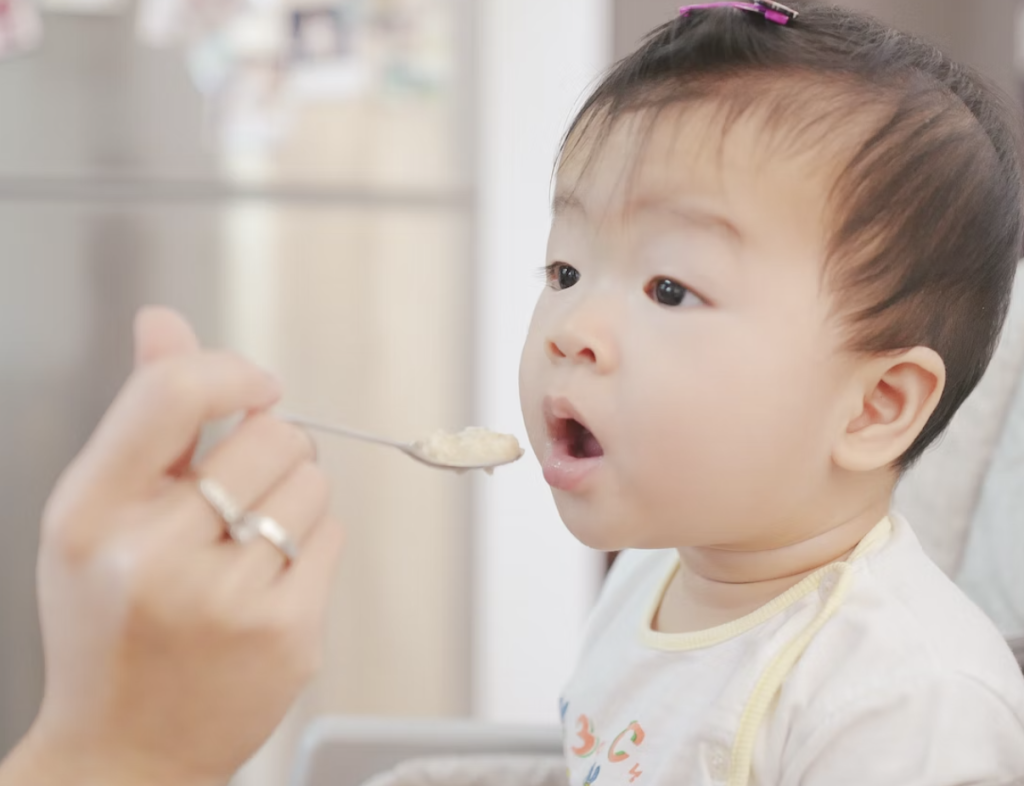Too Much Lead Is In Baby Food, Here’s What The FDA Is Doing About It
The FDA is aiming to reduce the amount of lead found in baby food by lowering the acceptable limit to no more than 10 parts per billion.
This article is more than 2 years old

Our society’s efforts to reduce lead exposure to all of humanity began in the 1970s when it was discovered how harmful this heavy metal could be if exposure levels were left unchecked. It may come as a shock to many of us that lead is still an issue in our world’s food supply after being aware of its dangers for many decades now. The FDA is setting new limits on the amount of lead that is allowed in baby food to reduce the amount of exposure to the lowest levels possibly attainable.
Removing lead completely from our food supplies is practically impossible since the heavy metal is prevalent in our natural environment and is absorbed by both plants and animals alike. Since it can not be completely eliminated from our food sources the Federal Drug Administration is reducing the acceptable levels contained in baby food to be at the lowest levels achievable by manufacturers of these products. Exposure to this toxic metal is known to be extremely harmful to developing brains which is why it’s so important to monitor these levels in our children’s foods.
Over the years we have done everything possible to completely eliminate human exposure by removing it completely from paints and gasoline which were the major contributors to humans being exposed to lead at any age. We have been working on replacing all the piping that carries drinking water to our population because of the lead contamination that occurs when the water passes through these pipes. These lead poisoning cases, most notably the lead poisoning in Flint, Michigan due to contaminated pipes continuing to service the population with drinking water, can become a major health hazard to the population on the other end of those pipes.
The fact is that it is not possible to eliminate the toxic heavy metal that is found in vegetables, fruits, and grains that are used to make baby food because those plants absorb the material directly from our environment is concerning. According to NPR, “The new FDA guidance calls for limiting lead concentrations in all processed foods intended for babies and children less than two years old.” So what are these new lead limits that manufacturers will have to abide by?
The FDA has put a limit of 10 parts per billion on all fruits, vegetables, and meats packaged in food jars, pouches, tubes, or boxes. For dry cereals, 20 parts per billion limit on what can be sold to consumers will be enforced. This is welcome news to parents as the FDA is estimating these new limits will contribute to a reduction of 24 to 27% of lead exposure to our children in their most important stage of brain development.
This reduction they are summarizing will lead to a long-term, meaningful, and sustainable reduction of this food contaminant from our children’s food supply. According to Dr. Aaron Bernstein who is a pediatrician at Boston Children’s Hospital and a member of the American Academy of Pediatrics, “We know that the less amount of these metals in babies’ bodies, the better.” He recommends that we continue to feed our babies a variety of foods as much as possible and that in conjunction with these new FDA guidelines will dramatically reduce your child’s exposure to lead in our food supply.
The American Academy of Pediatrics echoes that suggestion from Dr. Bernstein and adds for consumers to read labels to know exactly what they are feeding their child as well as check their water supply levels for those heavy metals to ensure that their child’s lead exposure is as minimal as possible. In addition to those recommendations, they also advise feeding your child sliced or pureed fruits instead of fruit juices that can contain larger amounts of heavy metals in them. This will ensure the least amount of exposure a child could potentially have before that exposure pushes the bounds of causing more serious health issues.







